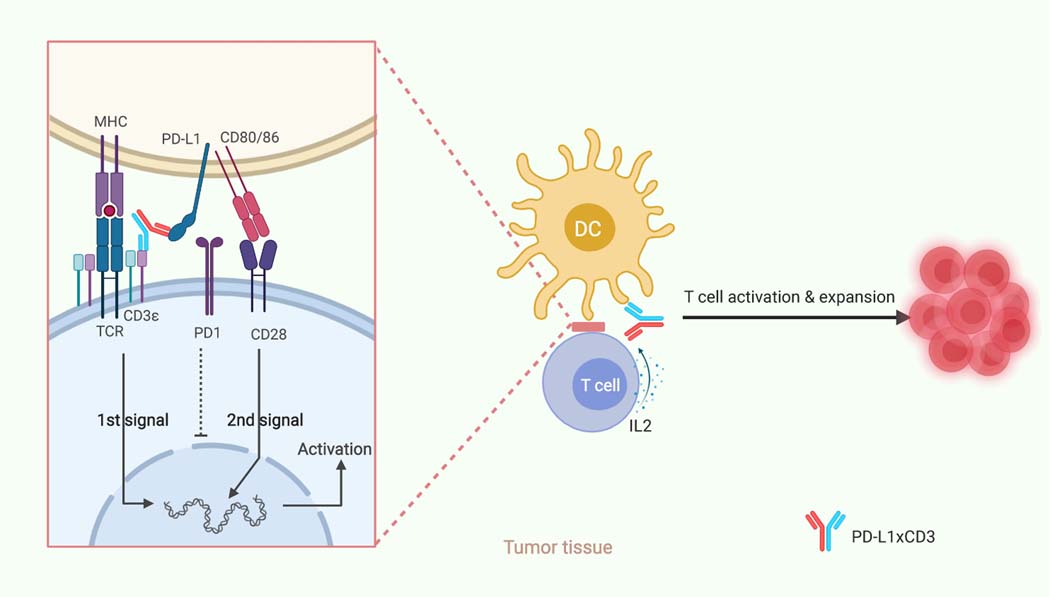Fig. 7 |. Schematic of hypothesized working model.
PD-L1xCD3 will predominantly distribute and accumulate in the tumor tissue, targeting PD-L1 positive cells to reactivate the T cells in close proximity with them. As dendritic cells express the highest level of PD-L1 in the TME, PD-L1xCD3 mainly targets dendritic cells to not only crosslink the CD3 complex for the 1st signal activation but also interrupt PD1-PD-L1 mediated inhibition. Meanwhile, PD-L1xCD3 mediated binding to PD-L1 on DCs will release CD80 from the PD-L1-CD80 heterodimer, which can then bind to CD28 on T cells to provide the 2nd signal for T cell activation. With both the 1st and 2nd signals activated, tumor reactivate T cells will overcome activation induced cell death (AICD) and be expanded via IL-2. Thus, T cells in the tumor tissue will be reactivated for effective anti-tumor immunity and memory T cell differentiation. This schematic was created with BioRender.

